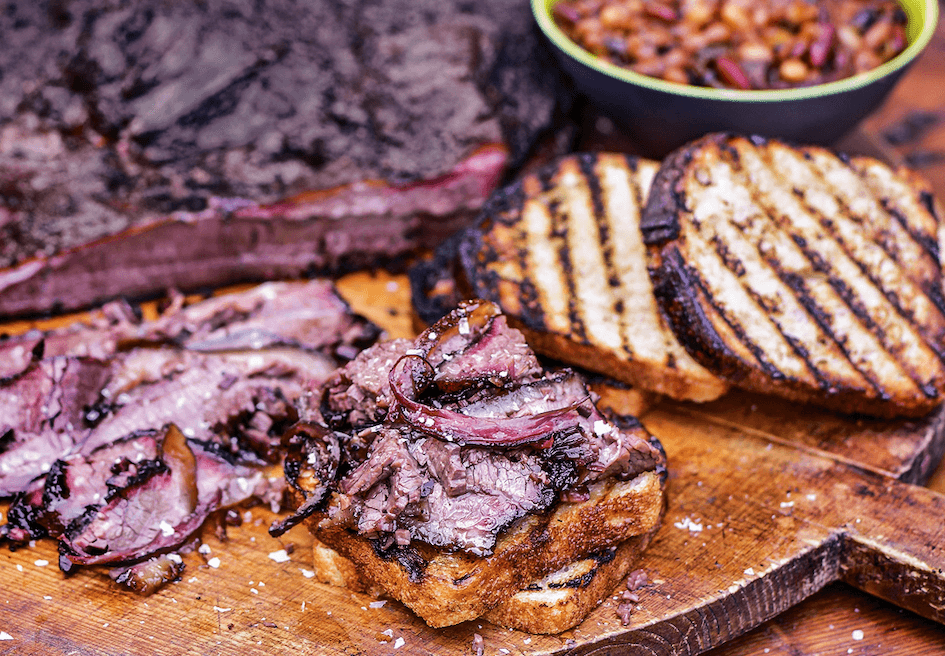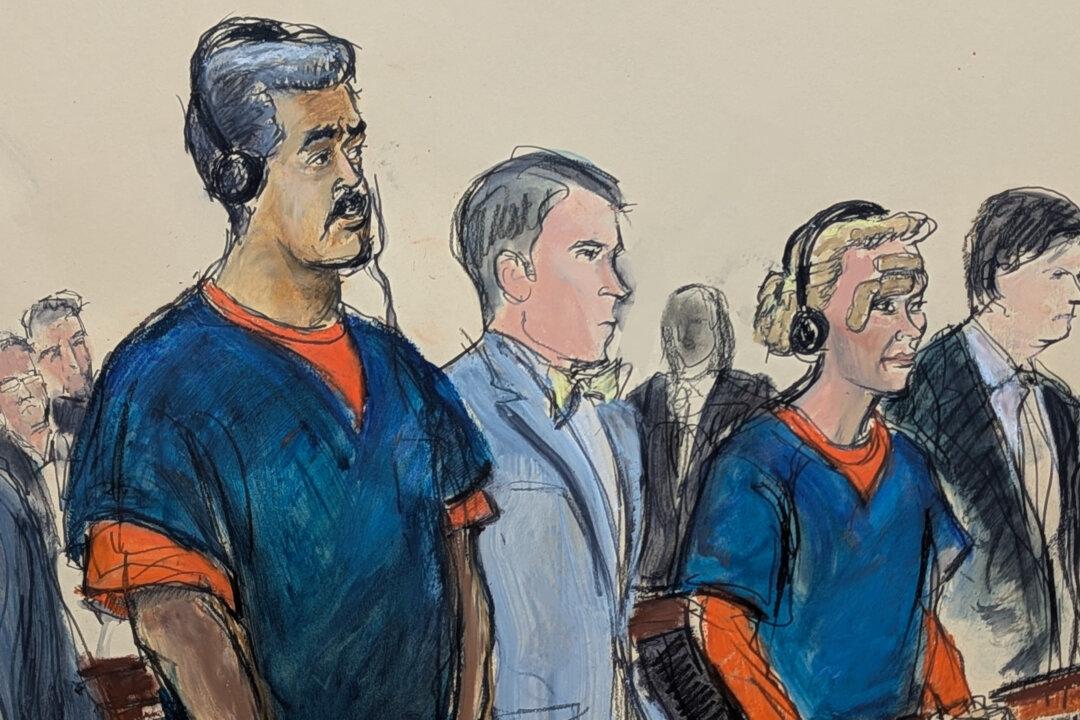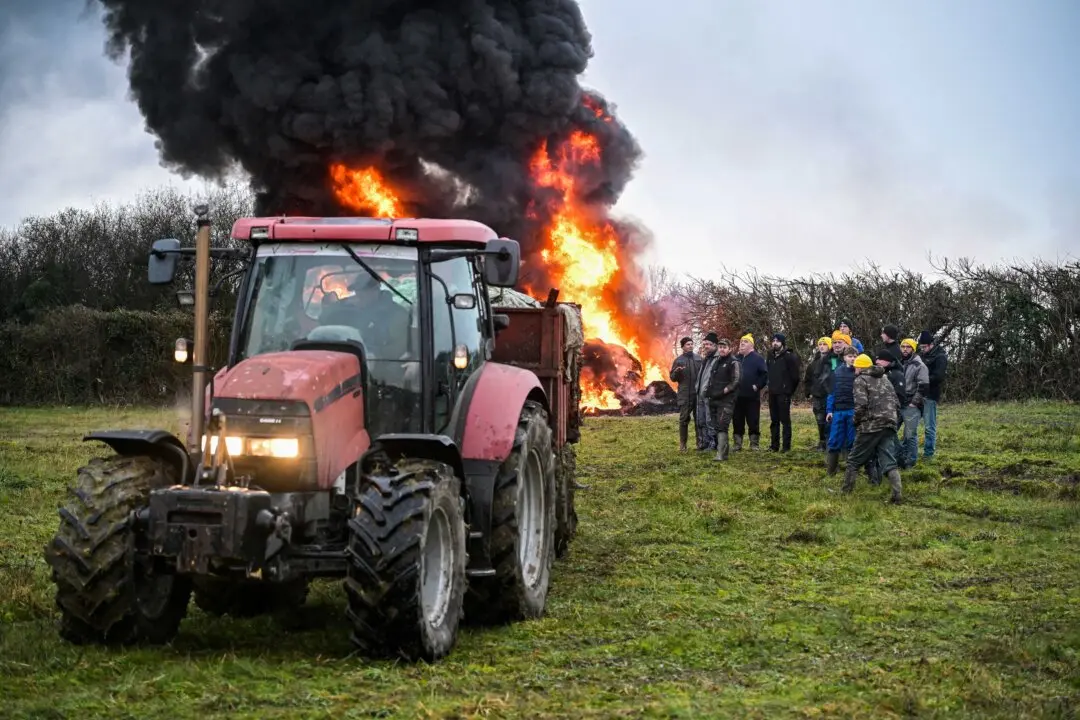The Big Kahuna Barbecued Packer Brisket
Admit it: Here’s why you bought this book—to learn how to barbecue a real deal Texas-style brisket. Well, here’s the big kahuna: fourteen pounds of pure proteinaceous awesomeness. The brisket that makes reputations—and fortunes. I speak, of course, of a full packer brisket (so named because that’s how it’s shipped from the packing house), seasoned with nothing more than salt and pepper and maybe some hot red pepper flakes, then slow-smoked Texas Hill Country-style for the better part of a day or night. The sort of glorious slab of meat—all smoke, spice, and rich, fatty beef—you line up for at Franklin Barbecue in Austin, or at Louie Mueller Barbecue in Taylor, Texas.But can you really cook a Hill Country brisket at home? I’m pleased to say you can, and it’s not even all that difficult. It does require the right cut of meat—a full brisket with both point and flat—and a smoker, cooker, or grill capable of maintaining a low, even cooking temperature for a 10- to 14-hour stretch. Above all, it requires patience.






